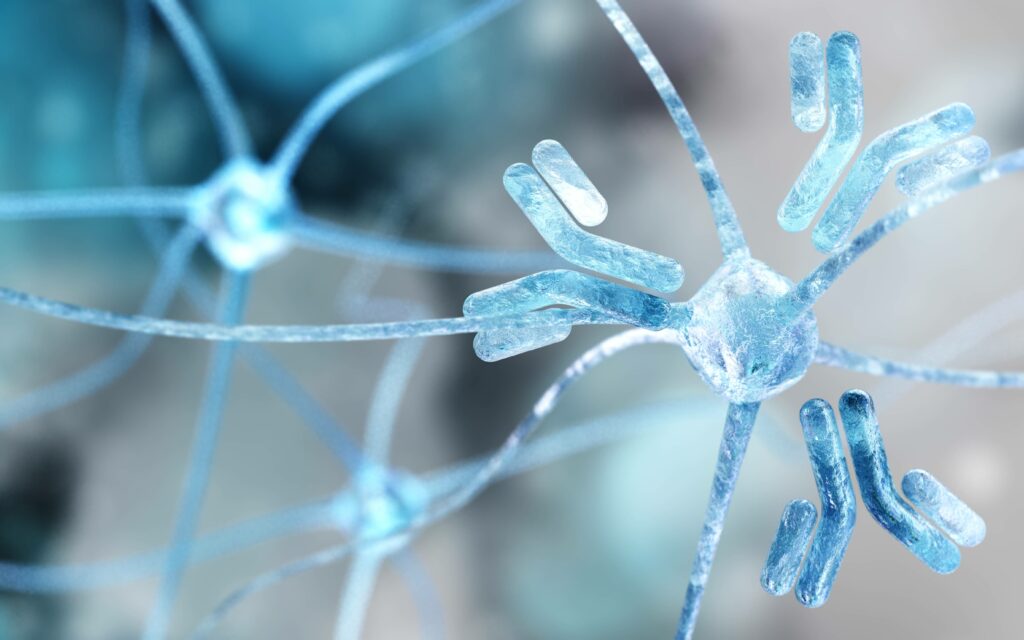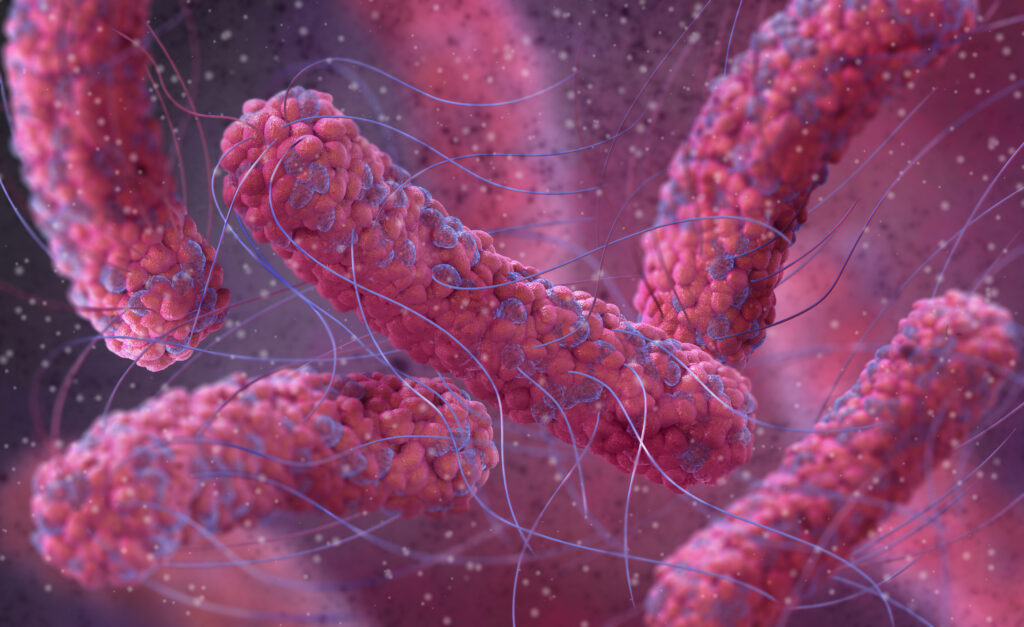
Hog’s tail or bacon? Jerry Coyne in The New Republic
Dear Readers, In a long book review in The New Republic, University of Chicago evolutionary biologist Jerry Coyne calls Brown University cell biologist Ken Miller a creationist. No surprise there — “creationist” has a lot of negative emotional resonance in many intellectual circles, so it makes a fellow’s rhetorical task a lot easier if he can tag his intellectual opponent with the label. (Kind of like calling someone a “communist” back in the 1950s.) No need for the hapless “creationist” to be a Biblical literalist, or to believe in a young earth, or to be politically or socially conservative, or have any other attribute the general public thinks of when they hear the “C” word. For Coyne, one just has to think that Read More ›






